Most people think that fraction is difficult to study because they don’t know the ways on how to learn fraction easily. It is normal to believe that fraction is hard to learn because that is what we always heard from people around us since from our younger years in elementary and high school. But looking back, we just only miss some points that would make fractions easy to understand. Here I am going to list all 10 important points on how to learn fraction easily.
-
Fraction is just a symbol of the part or parts of the whole. To make it easily understand, the symbol of fraction consists of numerator that represents the part or parts and denominator that represents the whole. But overall, fraction is only meant to symbolize the part or parts of a whole. Understanding this point is the first step on how to learn fraction easily.
-
Learn how to convert whole number and mixed number to improper fraction. Whole number is different from mixed number in a sense that whole number does not have a fraction part while mixed number is composed of whole number and fraction. They have different process in converting to improper fraction. You must remember that denominator represents the whole part while numerator represents only parts of the whole. So in converting mixed number to improper fraction, you just have to multiply the denominator to the whole number then add the numerator. The result is the new numerator while the denominator will always be the same. You must always remember this point because once you understand this deeply, you won’t find it hard to understand fraction and you will learn fraction easily. For whole number, since it is already whole, you just have to make it a numerator and then the denominator is 1. Missing also this point would make fraction confusing but understanding this is the way to learn fraction easily.
-
Learn the MDAS rule for the fundamental operation of numbers and PEMDAS for advanced computation and operation. MDAS is the acronym of multiplication, division, addition, and subtraction. Multiplication and division has the same precedence but are higher than addition and subtraction. Addition and subtraction has the same precedent too. PEMDAS is just and MDAS added with parenthesis and exponent rules but with higher precedence. A parenthesis has the highest precedence followed by exponent and then the MDAS rule will take place. There are a lot of arguments that has been made about the precedence of operation but following this rule would make computation accurate and easily created.
-
For operation with the same precedence, the order of operation must be done from LEFT to RIGHT. Most people committed error on this because they did not learn the correct precedence of the arithmetic operators. They think that multiplication has a higher precedence than division and addition has higher precedence than subtraction. If you learn the precedence of operator in advance, you can avoid this kind of mistake easily. Now that you learn this point, you must always remember this to avoid costly mistake.
-
Addition and subtraction can only be done if the denominators are the same. Only the numerators can be added or subtracted. The denominator must remain the same. This is the rule that some may forget easily that may result in a very easy mistake. Mistake in the computation can be easily made if the rules are not understood correctly. There are several ways to add or subtract fraction easily but the LCD method is accepted as standard method and is used in most schools and universities in teaching fraction.
-
If different denominators, use the LCD method to make the denominators the same. In LCD method, you have to list all the multiples of each denominator and select the least multiple that is common to both denominators. The least common multiple or LCM will be the new least common denominator or LCD. Use the LCD as the denominator for each fraction. To get the new numerator for each fraction, divide the LCD to the original denominator and multiply the quotient to original numerator. The result will be the new numerator of the given fraction. There are several ways to add or subtract fraction but the LCD method is accepted as standard method and is used in most schools and universities in teaching fraction.
-
In multiplication, just multiply the numerator of the 1st fraction to the numerator of the 2nd fraction and the denominator of the 1st fraction to the denominator of the 2nd. This is a straightforward process and easiest process to follow.
-
In division, just invert the 2nd fraction and proceed with the multiplication process.
-
To simplify fraction, just find the greatest common factor of numerator and denominator and divide both. The result will be the simplest form. To find the greatest common factor, you have to list all the factors for both numerator and denominator.
-
The key to learn fraction easily is to understand the rules properly.
These 10 important points will surely let you learn fraction easily but at first it is difficult to grasp the whole meaning of these points because as a human, we need time for that knowledge to sink in our minds. So I suggest that you practice first using our fraction calculator to familiarize yourself how the fraction operations are done. Our fraction calculator implements all these 10 important points. It shows the step by step solution on how to convert whole and mixed numbers to improper fractions. It displays the process of LCD method on how to make the fractions with different denominators to fraction with the same denominators. It displays the solution on how the addition and subtraction of fractions are done. It also shows how the division of fraction is done by inverting it and proceeding to multiplication. It will also simplify the fraction to its lowest terms. Even if you are not doing fraction operation yet but with constant practicing using our fraction calculator, you will surely learn fractions in no time.


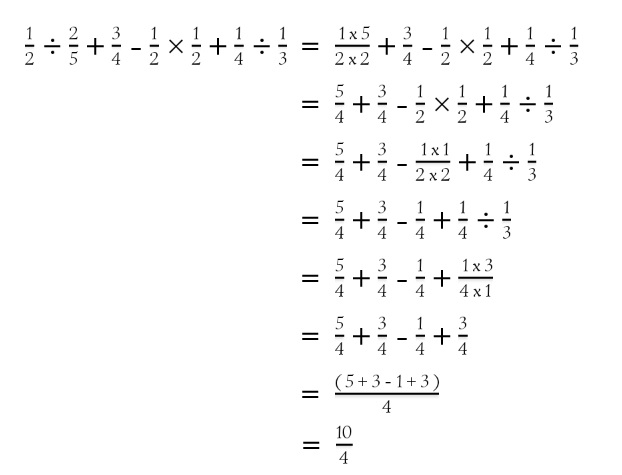
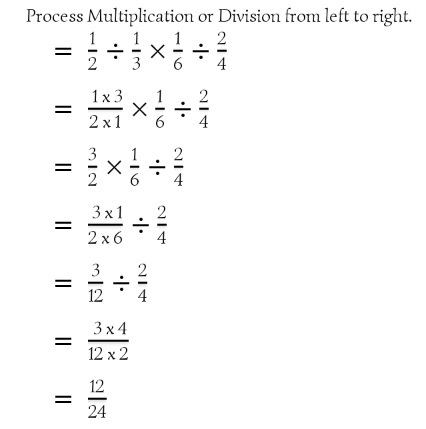
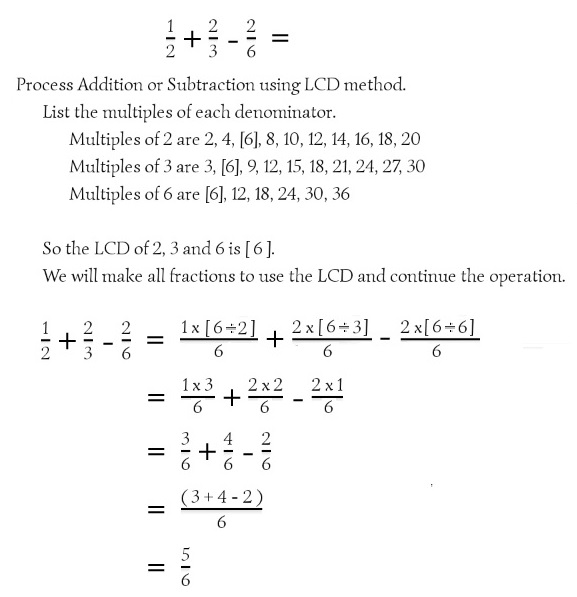
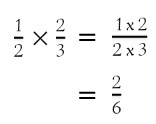
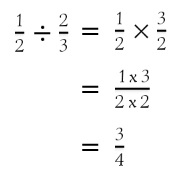
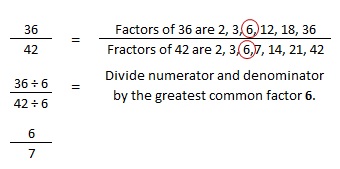
Recent Comments